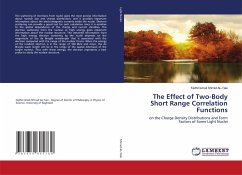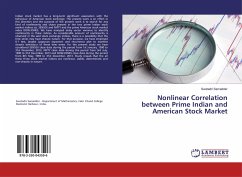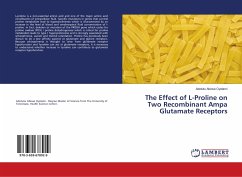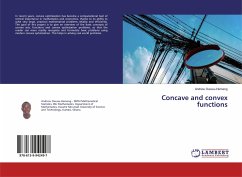The scattering of electrons from nuclei gives the most precise information about nuclear size and charge distribution, and it provides important information about the electromagnetic currents inside the nuclei. Electron scattering can provide a good test for such calculation since it is sensitive to the spatial dependence of the charge and current densities. The electron scattering from the nucleus at high energy gives important information about the nuclear structure. The obtained information from the high energy electron scattering by the nuclei depends on the magnitude of the de Broglie wavelength that is associated with the electron compared with the range of the nuclear forces. When the energy of the incident electron is in the range of 100 MeV and more, the de Broglie wave length will be in the range of the spatial extension of the target nucleus. Thus with these energy, the electron represents a best probe to study the nuclear structure.







